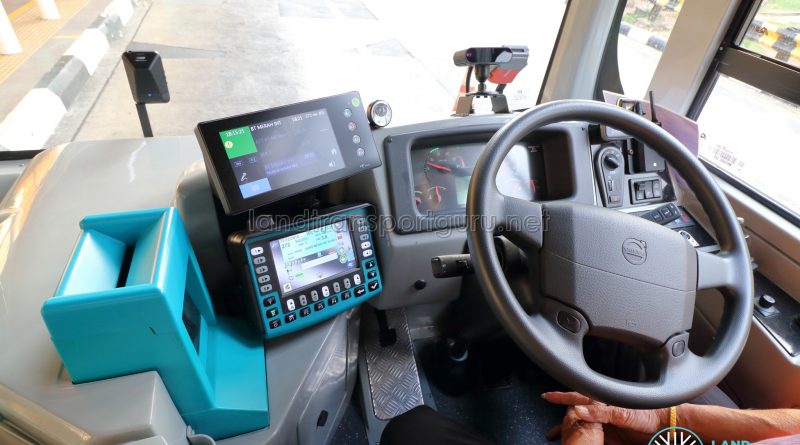A Tyre Pressure Monitoring System (TPMS) is an onboard system installed on buses that automatically monitors the air pressure inside each tyre. They typically come in the form of pressure sensors mounted to each wheel which directly measures pressure. Indirect TPMS systems, which gauge the tyre pressure using other vehicle parameters, are less common.
TPMS systems provide bus drivers and bus operators with real-time tyre pressure data, allowing operators to top up underfilled tyres promptly. Underfilled tyres compromise the fuel efficiency and overall lifespan of the tyre.
The Land Transport Authority (LTA) is responsible for bus procurement and their specifications since the start of the Bus Contracting Model (BCM). Since TPMS was first featured on the Volvo B5LH, it remains to be seen if TPMS will be made a requirement for future buses.
TPMS Systems in use
FOBO Ultra
| Model | FOBO Ultra |
| Functionality | Bluetooth-enabled TPMS with fleet management capability |
| Buses | Volvo B5LH |
The FOBO Ultra tyre pressure monitoring system is supplied by Malaysian company Salutica Allied Solutions Sdn. Bhd. Designed for multi-axle vehicles, the system comprises an in-vehicle unit and multiple tyre pressure sensors, which are each fitted to the valve stem of each tyre. Each tyre sensor communicates with the in-vehicle unit via Bluetooth. The in-vehicle unit is mounted on the right side of the dashboard.
The product is also offered with fleet management capabilities. Through a mobile application, a vehicle fleet manager can monitor tyre pressures across multiple vehicles.
See Also:
- Advanced Driver Assistance System (ADAS) for buses
- Anti-Fatigue Systems for buses
- Automatic Passenger Counting System for buses
External Links & References:
Back to Buses
